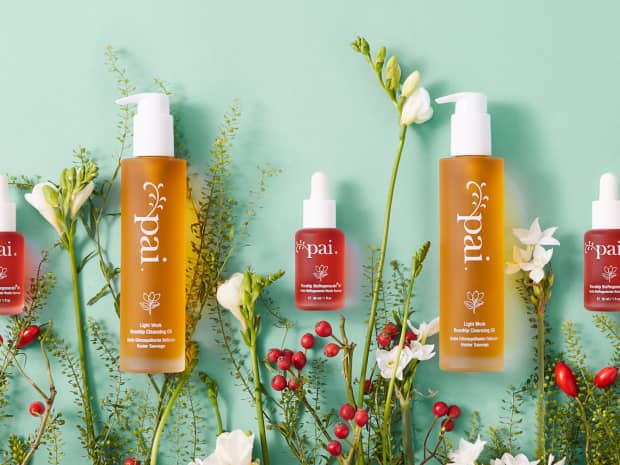
The top 8 skincare products for sensitive skin.
We've pulled the top 8 natural products for sensitive skin as determined by Grove members. Select from any on the list and get them delivered to your door!
Read More

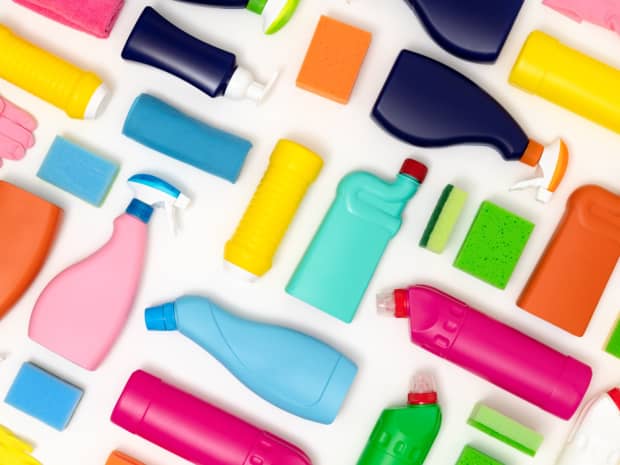
Last Updated: September 28, 2021
What is sodium lauryl sulfate? How does it work? We asked our in-house expert, Clem Choy Ph.D, these questions (and others) about the very popular surfactant.
For this round of Ask an Expert, we, once again, tapped on Grove’s Senior Director of Science Formulation Clement “Clem” Choy, Ph.D. to get to the bottom of sodium lauryl sulfate (aka SLS), and find out if this commonly-used ingredient is as scary as everyone thinks it is.
(Spoiler alert: It totally isn’t.)
Clem Choy: Sodium lauryl sulfate is an anionic surfactant, which means it is negatively charged and great at removing oily substances as it is a foaming agent, hence why they’re found in cleaning and laundry products. It is very versatile, very inexpensive, and can be derived from plants.
Some SLS is made from petroleum, but most green or eco companies use a plant-derived sodium lauryl sulfate. And, in fact, plant-based sodium lauryl sulfate is not priced that differently than a petroleum-based SLS. So they are relatively the same costs, and chemically (and performance-wise) are exactly alike.
The key takeaways here are that SLS is:
Grove Tip
Sodium laureth sulfate (or sodium laureth ether sulfate) is also a surfactant used in many cleaning, laundry, and beauty products. It’s parent chemical is SLS. Through the process of ethoxylation, SLS becomes SLES, which is actually a less potent and less harsh chemical than SLS.
So, long story short, SLES works just as well as SLS and is less irritating. Sounds like a winner to us.
So whether it's from petroleum or from plants, SLS has become a controversial ingredient in home and personal products mostly due to supply chain issues and where it’s sourced.
Some companies don’t care where they source their oil (i.e., palm kernel, coconut, petroleum). So, for example, petroleum is bad per se, but how it’s sourced is what causes issues.
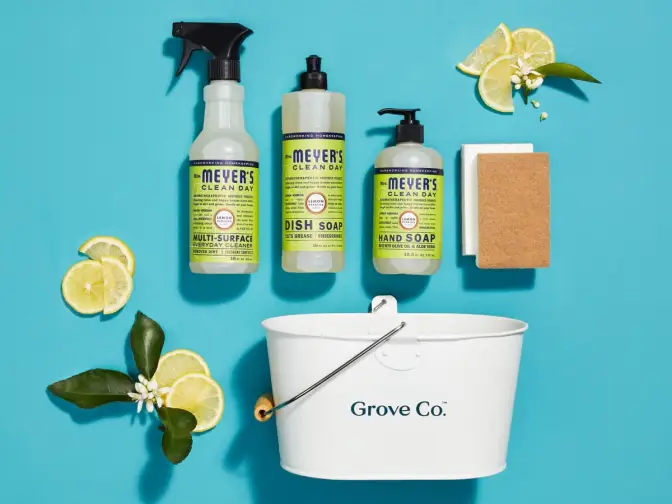
Wondering who Grove is, what types of products we offer, and how to get a free gift set when you sign up? Learn more about flexible monthly shipments, customizing your shipment, and joining millions of happy households — no monthly fees or commitments required.
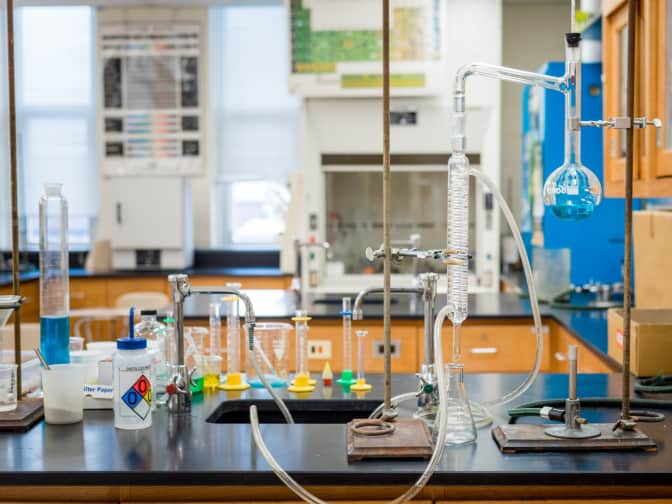
So, whether it’s petroleum- or plant-based, the chemical process of making sodium lauryl sulfate is generally the same. You start with a raw material, in this case a natural fat like coconut or palm kernel oil.
You extract the oil from the plant and it becomes what’s known as a triglyceride. You then hydrolyze it and it transforms into a fatty acid.
From there, you functionalize it to turn it into a fatty alcohol before putting it through a sulfation process which turns it into sodium lauryl sulfate.
So, to make it even shorter, SLS goes from a fat or oil to an alcohol to a surfactant.
SLS is a very common ingredient found in everyday items like soaps and detergents and it’s even in shampoos and toothpastes. Pretty much anything that foams or lathers, there’s a good chance that sodium lauryl sulfate is in the product. It is widely considered to be a safe, efficacious ingredient.
Grove Tip
While rare, it is possible for SLS to irritate the skin. Most people have no problem with SLS. Think about how many times you wash your hands during the day or the kind of dish soap you use; chances are SLS is in there and doesn’t cause any issues. Should you experience some irritation, look for more milder, SLS-free product options.
SLS is found in everyday, common, household products, including:
Grove Tip
Any of those potential dangers you might’ve heard about, like losing your hair or causing cancer or any of that, haven’t been scientifically linked to sodium lauryl sulfate. For more information, we encourage you to read up about SLS from the following resource:
Seventh Generation also has scientific data on the use of SLS in its products and will send documentation to anyone who asks for it. Request a copy here.

Sensitive skin groups who have experienced skin irritation from surfactants or other chemicals from soaps and detergents may want to avoid SLS, and opt for a more mild alternative. While it is possible for sodium lauryl sulfate to irritate skin, it is also very unusual.

We've pulled the top 8 natural products for sensitive skin as determined by Grove members. Select from any on the list and get them delivered to your door!

Learn the truth about your run-of-the-mill hand soap and why going natural may be better for your hands — and your health.
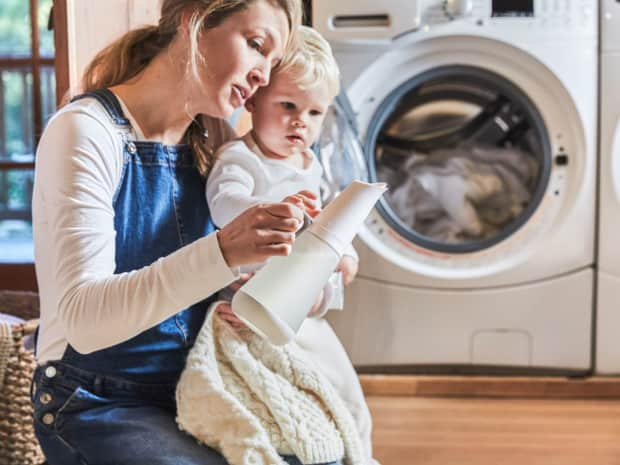
We've pulled the top 10 laundry detergents as determined by Grove members. Select from any on the list and get them delivered to your door!

Thymol is a plant-based ingredient used in natural disinfectants and other products. But does it really kill viruses? Here’s what you should know about thymol from the experts at Grove.